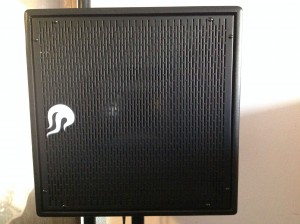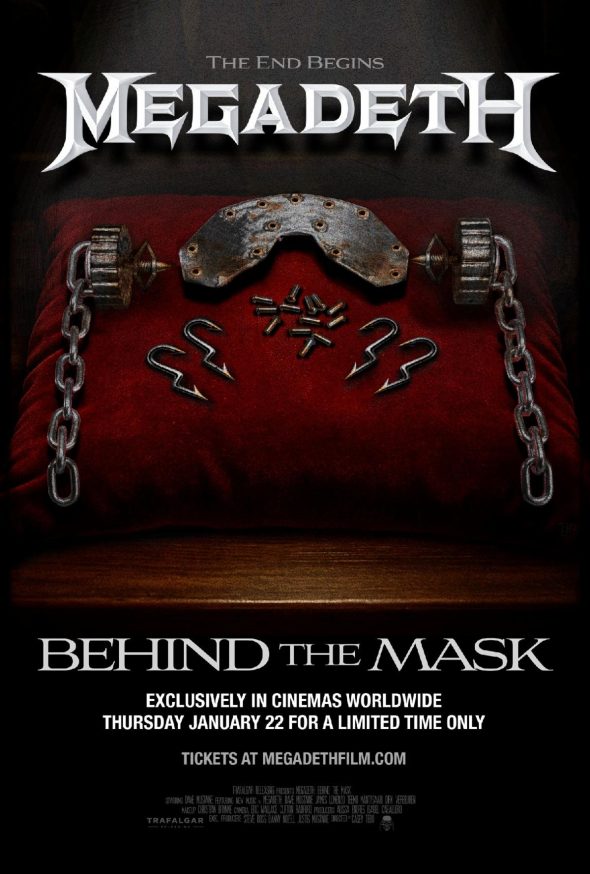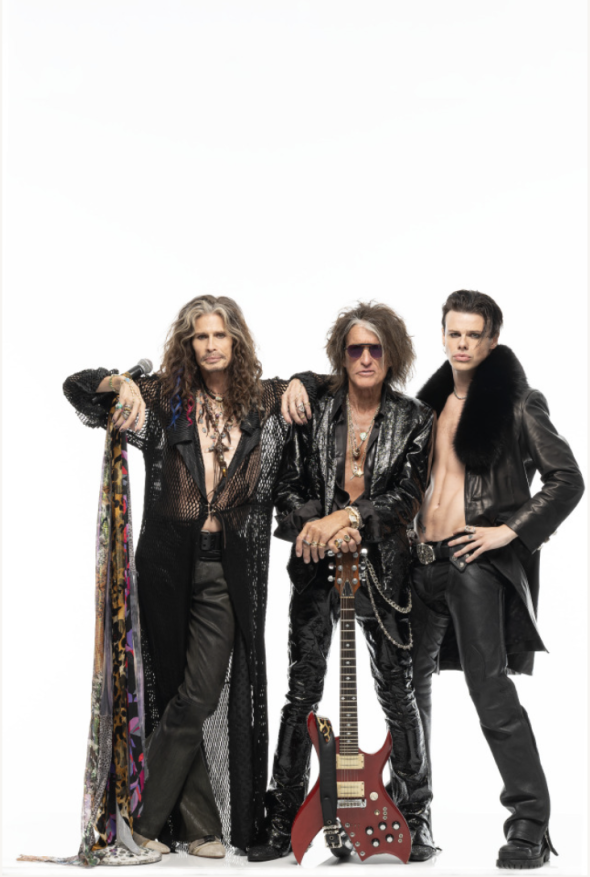Trailblazing Atomic Amplification technology
by Gene Baker
Flat response, full frequency aka FRFR isn’t necessarily new technology for speaker cabs, as recording reference speakers and PA speakers have always focused on delivering flat response, full frequency sound from 20 hertz to 20 kilahertz without the speakers coloring or enhancing the audio spectrum to the point where it needs equalizing to reach a flat reference point — all things being even.
 Today, digital guitar amplification is taking a strong foothold on the ever-changing landscape of guitar rigs across the globe with Fractal Audio Axe FX and Kemper profiling amps to iOS apps such as Positive Grid BIAS, iRig and the computer-based Toontrack EZMix amplifier software. Many musicians embrace speaker modeling that involves some very interesting new technology and approaches to capturing audio by recording the actual speaker/cabinet/room/microphone you wish to clone. Some of this is covered in my Fractal Axe Fx II XL review.
Today, digital guitar amplification is taking a strong foothold on the ever-changing landscape of guitar rigs across the globe with Fractal Audio Axe FX and Kemper profiling amps to iOS apps such as Positive Grid BIAS, iRig and the computer-based Toontrack EZMix amplifier software. Many musicians embrace speaker modeling that involves some very interesting new technology and approaches to capturing audio by recording the actual speaker/cabinet/room/microphone you wish to clone. Some of this is covered in my Fractal Axe Fx II XL review.
Signature Atomic Amplifiers speaker cabs
With this new technology has emerged Atomic Amplifiers’s signature on FRFR sper cabs that serve guitar players and as their stage reference speakers. Although these are very capable of being your PA mains to near-field mix- down speakers for your next record. Atomic Amplifiers has followed the trail being blazed by this technology and is poised to dominate the market in guitar FRFR cabs heavily associated with Fractal Audio Systems.
Six months ago, my quest for the best cabs began after hearing Animals As Leaders. I was bitten by their jazz-fusion meets modern-metal twist of instrumental music created over the span of their three releases. Hearing the trio of two guitar players and a drummer made me say “what?” Hence, I was thrust into the sound of two eight-string guitar players unleashing extremely technical layers of very intense extended-range guitar music — that’s probably the best way to portray it. Steve Vai has described them as, “The future of creative, heavy virtuoso guitar playing.”
This opened the door to the eight-string guitar that seems to be slowly infiltrating the market, as seven-string models did when Vai, Korn and others hit the scene, say, 15 years ago. Now, many manufacturers have developed entry-level, affordable seven- and eight-string guitars, so young, next-generation players have access to these. They seem to be taking hold with many seven-string artists out there today, such as Conquering Dystopia, Angel Vilaldi, Matte Henderson who introduced me to the seven-string and many more. These artists are breathing new life into the instrument and showing shred is far from dead. With eight- and nine-string guitars already in production, I find it refreshing that music will always find new sound and direction, and those that lead will inspire us.
The full frequency, flat response rocket ship
The seven-string guitar requires a certain breed of amps capable of remaining tight in the bottom end without going “flubby,” regardless of what level gain you use. An eight- or nine-string guitar adds one or two more low strings, and you need a rig that’s capable of reaching the moon. Enter the rocket ship — which to me appears to be the Fractal Axe Fx II XL coupled with the Atomic CLR Neo Powered Wedges.
I still play six-string electric and acoustic guitars far more then I do extended-range guitars, but I enjoy what the extended range models have to offer. Most important is what speaker modeling technology provides that traditional guitar cabs cannot replicate. By utilizing FRFR cabs, you can recreate the intended cabinet model to its closest authenticity. When auditioning various modeled speaker cabs, you may notice they make as much or a bigger difference in your tone then the amp models themselves. Call up a microphone on the cab, and the abilities get deep.
FRFR means that yes, there is a tweeter in your cabinet, which is the biggest issue to wrap your mind around. Guitarists are used to hearing a guitar sound hit us from say the center of a 12-inch speaker, 2×12 cabinet or 4×12 cabinet to an open-back cabinet throwing sound around a room. There’s a certain way the air movement hits you that makes it feel and sound right. Where as, in most PA speakers, you can clearly hear the separation between the speaker and the horn, as if there are inches to feet between them.
Atomic Amplifiers has approached it from a coaxial speaker standpoint, meaning the horn is in the center of the speaker. Another big difference is that many PA speakers use time-aligned dual amps to individually drive the horn and speaker. Due to its design, Atomic handles this with one 500-watt amplifier to create a tonal footprint that sounds like it’s coming from one zone, like a guitar cabinet projects. The horn sounds so transparent, you would swear it wasn’t even there — which eliminates horn to woofer standing waves.
 I am a tube purist at heart — having owned more than my share — but I admit I love technology. I love keeping up with where it’s going. I appreciate the tones bred on all recorded history known to mankind, and those waiting to be recorded or not yet created. Granted, none of this comes without some serious time getting to know technology, twisting knobs for countless years or decades through tons of brands, from the real amps to the replicators to new trend setters. It’s what we love, known as gear. But new technology makes it faster to set up, easier to travel with smaller loads and delivers a massive array of sounds from a small powerful modern rig that would have required a few roadies in the day to equal.
I am a tube purist at heart — having owned more than my share — but I admit I love technology. I love keeping up with where it’s going. I appreciate the tones bred on all recorded history known to mankind, and those waiting to be recorded or not yet created. Granted, none of this comes without some serious time getting to know technology, twisting knobs for countless years or decades through tons of brands, from the real amps to the replicators to new trend setters. It’s what we love, known as gear. But new technology makes it faster to set up, easier to travel with smaller loads and delivers a massive array of sounds from a small powerful modern rig that would have required a few roadies in the day to equal.
The Atomic CLR Neo Powered Wedge
When I first asked to check out the Atomic CLR Neo Powered Wedge for review, I didn’t really state what to send me. I just said send me something. Atomic Tom sent out a CLR Neo Wedge, and when I unboxed it, I was thinking, “Ah man, I should have told him to send me a square cab vs. the wedge.”
But it didn’t take but a few hours of toying with it to figure out the wedge version is far more versatile and Atomic’s most popular cabinet. The reason is you can stand it up like a guitar cabinet as a backline, lay it on its back like a tilt wedge or pole-mount it as a PA. A three-position switch alters the overall response of the cab designed to best work in each of those three stage settings: BL, TILT and FF.
Another cool feature is the cab has two channels and accepts 1/4 or XLR. Each features its own gain control, and one master volume switch controls the overall cabinet. The extra channel works great for someone who wants to plug in a stereo mix or add an MP3 player to the second channel, directly plug-in two acoustic guitars into the amp, etc. — where ever your mind takes you. The gain knobs both feature a clip light, so you can achieve the correct gain input for your best signal response. A selector switch allows you to tailor which inputs feed through to the LINK XLR. You can send input 1 or input 2 or both through to the PA or another powered speaker.
One CLR is enough to replace any guitar amp from 1×12 to 4×12, yet two CLRs equal the power deliverance of a full Marshall stack, yet the Neo weighs roughly 32 pounds in a nice small compact 1×12 wedge format with an easy-carry handle.
If that isn’t enough power, you can add an extension subwoofer with the CLR mounted on its pole stand. Flick the switch on the CLR for the extension sub, and you’re sporting a serious PA system capable of giving QSC, EV or JBL to anyone — a serious quality run for his or her money.
 But don’t stop at a guitar rig or PA system, try the CLRs as stand-alone near field reference speakers for handling some mix-down tasks on your next project. If you A/B them to some of your favorite speakers, I think you will be extremely surprised.
But don’t stop at a guitar rig or PA system, try the CLRs as stand-alone near field reference speakers for handling some mix-down tasks on your next project. If you A/B them to some of your favorite speakers, I think you will be extremely surprised.
Best speakers for recording
For recording, I have always liked to refer to Yamaha’s NS10, but these small speakers have been discontinued for years and used to be an industry standard for mix down in studios across the world. There was nothing extra special about the speakers. Plenty more-expensive speakers sound amazing, but the NS10 was a great, flat reference speaker to give you a good idea of what the music would sound like across many platforms. In my studio, I use Yamaha HS8s along with a 10-inch subwoofer, which is where I spend most of my time dialing in the Fractal Axe Fx for live gigs, running into the PA direct via a PreSonus Studio Live mixer.
In sonically comparing the Yamaha speakers to the Atomic ones in my small studio, they sound very similar in the overall tonal spectrum, which to me, makes sense — all good things being equal. But the Yamaha speakers don’t have nearly the horsepower. So as an added comparison, I have always loved my QSC K12 powered PA speakers, as being well-balanced PA speakers for vocals/band. Yet when auditioning the QSC and comparing them to the Yamaha or Atomic speakers with the Fractal Axe Fx rig and my favorite patches, the QSC immediately lets you know the horn is there, and larger amounts of bottom-end is present. They basically require more equalizer work at the mixer to tame things down to match what I hear from the others.
The true test: gigs
Gig results so far have proved a CLR 1×12 is enough to make most players happy, yet two CLRs unlock all the Fractal Audio System is capable of running, with dual amp and cab models for any three-dimensional audio picture you can draw in your head or inside the Fractal Axe Fx software routing options. Two CLRs sound as big as a house, clean to mean, and everything in between. For small clubs, you wouldn’t need any PA assistance at all for the guitar player, as the sound spreads nicely for a very full picture. Our sound man was very impressed recently, stating “best guitar tone yet,” as I am always messing with different gear arrangements.
For a final test at a recent gig, we used two CLRs as mains fed by the PreSonus mixer. We were trying to keep things as simple as possible, with no monitors, so we actually set up the CLRs behind us (far L/R), which is typically an audio no-no due to potential mic feedback. Typically, you always put mains in front of the vocal mic line. The bass player plugged in PA direct, kick drum plus the Fractal Axe FX guitar rig and two vocal mikes. We had zero feedback issues, and many people complimented us on the overall sound.
Two large 2×15 JBL mains sat in front of us, and everyone thought we were playing through them, not knowing they weren’t even part of the audio chain. The CLRs proved to work just fine as a PA rig, and we haven’t even added a sub to them yet. They’re extremely versatile speakers for guitar, bass, front of house and more.
Bear in mind all quality FRFR cabs will run on average $1,000 each new, so they are serious pro tools. Even at $500 each for a quality amp or unpowered speaker cab justifies the $1,000 price tag, especially for what they deliver in tone, size, weight and versatility. The “Neo” CLR is an added speaker upgrade and drops the weight a few more pounds.
End result: Serious pro audio tools that guitar players will love.




